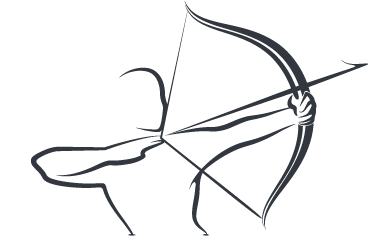I am sure we all remember the good old school days, the classes where we kept our eyes wide open, stared at the chalkboard or the whiteboard on which the ‘great teacher’ painted knowledge. The ‘notes were checked-the notes were made.’ We also recall that these ‘rough’ copies were so personal to us, like diaries, that we were sometimes reluctant to share.
The teacher used to check it, elders at home kept a close watch on the ‘notebook’ which consumed major writing part of our life at schools.
One cannot forget the thin red lines on the top of the page and on the left side from top to bottom. We might have missed their real significance. They were supposed to help us in taking good, clear notes. We shall discuss this when we talk of Cornell Note-Taking Techniques.
The word ‘note’ prompts us to ‘attend’ to something. When it comes to the general applicability of the word, we tend to understand it as something that enables an ‘easy recall’. Oxford Advanced Learner’s Dictionary defines it as: “a short piece of writing to help you remember something.” Hence, Note Taking should be related to the ‘creation of notes-that make you recall’ the detailed reading or listening you had.
Now we come to the context of Note Taking. I believe that Note-taking is a pervasive activity. We must remember that our notes provide a sense of how we think and understand. It is found at all levels of education, business, art, and services. This skill has a very close relationship with ‘active listening’ and attentive listening remains essential in note-taking.
People face various types of Difficulties in Note Taking:
- They are not able to capture the ‘right’ information in their notes
- They are not able to ‘decode’ the noted information properly
- They fall behind the speaker and ‘gaps’ are developed
- Supportive Symbols and Abbreviations are not known
- While reading texts and taking notes, we may struggle between Understanding First or Note First dilemma.
- The Note Taker gives more attention to the presenter than the content.
- Lack of Concentration (Poor Listening Skills)
A Reader/Listener must acknowledge these barriers and should adhere to the Essentials of Note Taking:
- Consideration for the Speaker/Writer (Understanding and Respecting the efforts while listening)
- The Learner must take a note of what subject is going to be discussed; prior preparation to note down points and to raise questions is always a better idea.
- The clarity in Taking Notes- Handwriting and Sequence/Coherence in Thoughts/Ideas
- Using Symbols/Abbreviations in a consistent manner and according to self-suitability
- Ideas must be noted and developed further through a reflective approach. An idea, taken as notes, is dead without reflection.
“Assembling a meaningful and good set of words from a lecture or reading session is central to note-taking. One has to become an orator to oneself and create cues for the successful explanation from the notes.”- EklavyaParv
Note Taking Methods:
- The Cornell Method
- The Outlining Method
- The Charting Method
- The Mapping Method
- The Sentence Method
EklavyaParv Advice for Students:
When we choose to join a class and we have prior knowledge of the topic/subject to be discussed, we get an upper hand. The ‘Content Strength’ can be evaluated by us as we seek an answer to the queries we have kept ready. However, sometimes we incline to ‘draw’ notes, rather than writing them verbatim or accurately, we try to bring them as they are articulated. All this happens without processing the content through the mind. It marks the difference between Notes with Understanding and Notes with Undermining the Value of Learning Retention.
Hence, the efforts to take notes from lectures of Sciences, Engineering and Humanities should remember that the offhand approach to Notes leaves you off-guard in future.
EklavyaParv Advice for Teachers:
The content (Notes) of our students, especially the ‘Class Note Taking’ they do, is to be scrutinized with thoughtfulness; without fright of failure. Besides the attention we pay to the content of notes, it is substantial to reflect on the ‘Structure of Notes’. You may find that most of the students, unaware of the kinds, techniques, and process of note-taking might end up writing paragraphs, making lists. They may go to the extent of copying the texts as it is.
While these ways/forms are also a part of the note-taking techniques, still there are innumerable ways to train students in taking notes that can establish and preserve amalgamation, analysis, and finally, correct proprietorship of the content. The ‘Content is the King’ and when we take good notes, we are the KingMakers!







